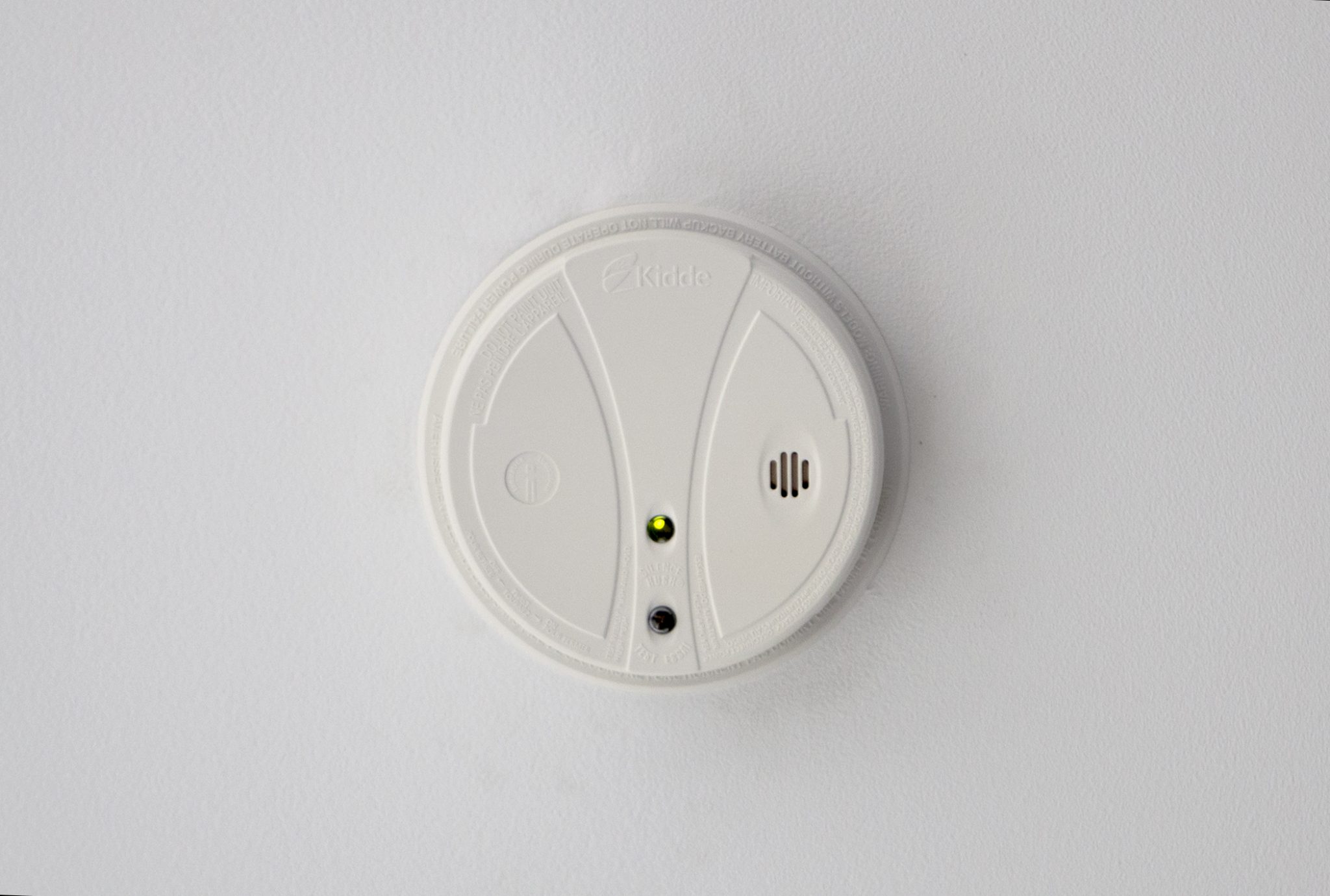Waterloo Fire Rescue warns residents about potential carbon monoxide poisoning


This winter, experts and officials are warning people across Canada to be more vigilant and prepared for the potential of carbon monoxide poisoning.
One such person is John Percy, public education officer for Waterloo Fire Rescue
“Carbon monoxide is what we call the ‘silent killer,’” Percy said.
“What we find in the winter season, with people running their cars in their garage, because it’s cold out we run our furnaces, our fireplaces a lot more, the chimneys are on the go more often,” Percy said.
“What we find is that … automatically by default it produces a certain amount of carbon monoxide when it burns it off.”
Under normal conditions, most buildings are able to properly vent that carbon monoxide outside and prevent it from accumulating indoors. This, however, does not always happen.
Having functioning carbon monoxide detectors in the home is something mandated by the law in Ontario.
“Where it gets dangerous in our world is, let’s say if you have blockage in your fireplace or your chimney, that carbon monoxide, instead of it going outside, will come back inside the house,” Percy said.
When carbon monoxide accumulates and reaches high levels inside of a building, it poses a threat to those within.
Percy noted some of the symptoms people can experience if they have carbon monoxide poisoning.
“What we tell the people is, usually if you have carbon monoxide poisoning, you’re going to have flu-like symptoms,” Percy said.
“So you’re going to have headaches, nausea, drowsiness, you could be a little confused, you could lose consciousness.”
“Now, the advantage is when you’re wide awake, you know you’re not feeling well and then you’ll hopefully take the steps to either call 911 or get yourself outside to get fresh air,” Percy said.
However, as Percy notes, a large risk from carbon monoxide occurs at night when people are not awake.
“The challenge is if you’re sleeping, if the carbon monoxide poisoning parts-per million level in the house is so high, that could be very very dangerous. You could go unconscious and then there could be fatality in the house,” Percy said.
For students who are leasing rooms in houses and apartments for the school year, there may be an uncertainty about whether their building is equipped with well-functioning carbon monoxide detectors.
Percy urges such students to inquire about the detectors with their landlords.
“If you don’t get a satisfactory response, or let’s say you’re having a problem with a carbon monoxide alarm and you let the landlord know and they don’t fix it to your satisfaction, then that’s when you call the local fire department,” Percy said.
“Then we come in and we enforce the Ontario fire code to make sure that you have working carbon monoxide alarms in the home.”
Having functioning carbon monoxide detectors in the home is something mandated by the law in Ontario.
“It’s the law in Ontario in a house that you have to have one working carbon monoxide alarm in the hallway near every bedroom area, which, in a typical house will be up on the second floor.”

